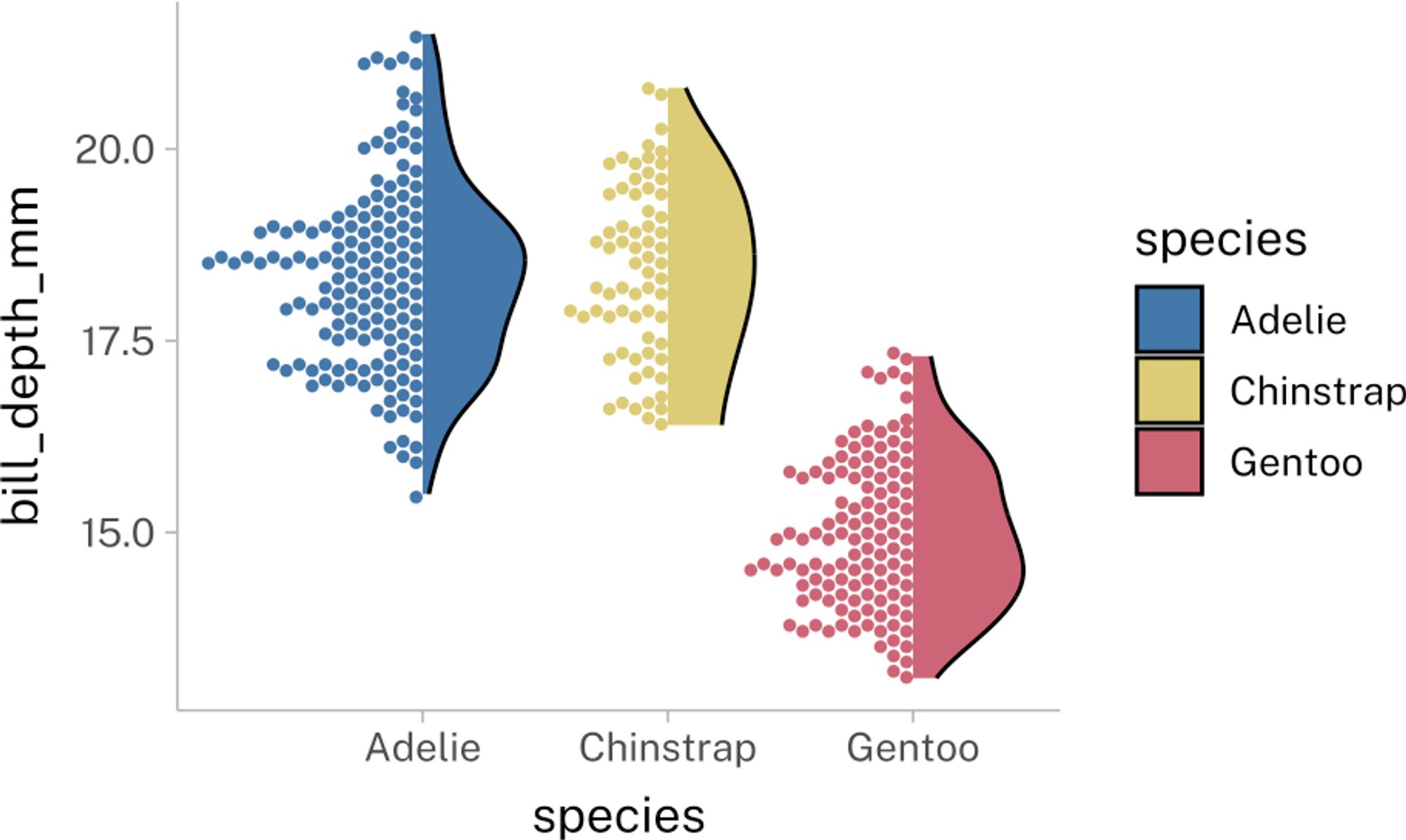
this paper originated from a Fall 2020 seminar, which was inspired by convos with Justin Craft & Carrie Ann Morgan; we’ve now published two papers & a blogpost, with much more already out and in progress that builds on the learning we all did together! very excited for this one to be out!
'Rejecting nativeness to produce a more accurate and just Linguistics' muse.jhu.edu/article/937197 Great to see this in print, building on discussions during the online ROLE workshop earlier this year.
The golden age of television is here! Swedish TV will broadcast 2x7 hrs of "slow TV" this weekend, where we can follow the cat "Luffar-Lasse" ('Vagabond Lasse') on his adventures around his neighborhood, available online worldwide! 🐈🎥📺 www.svtplay.se/en-helg-med-...
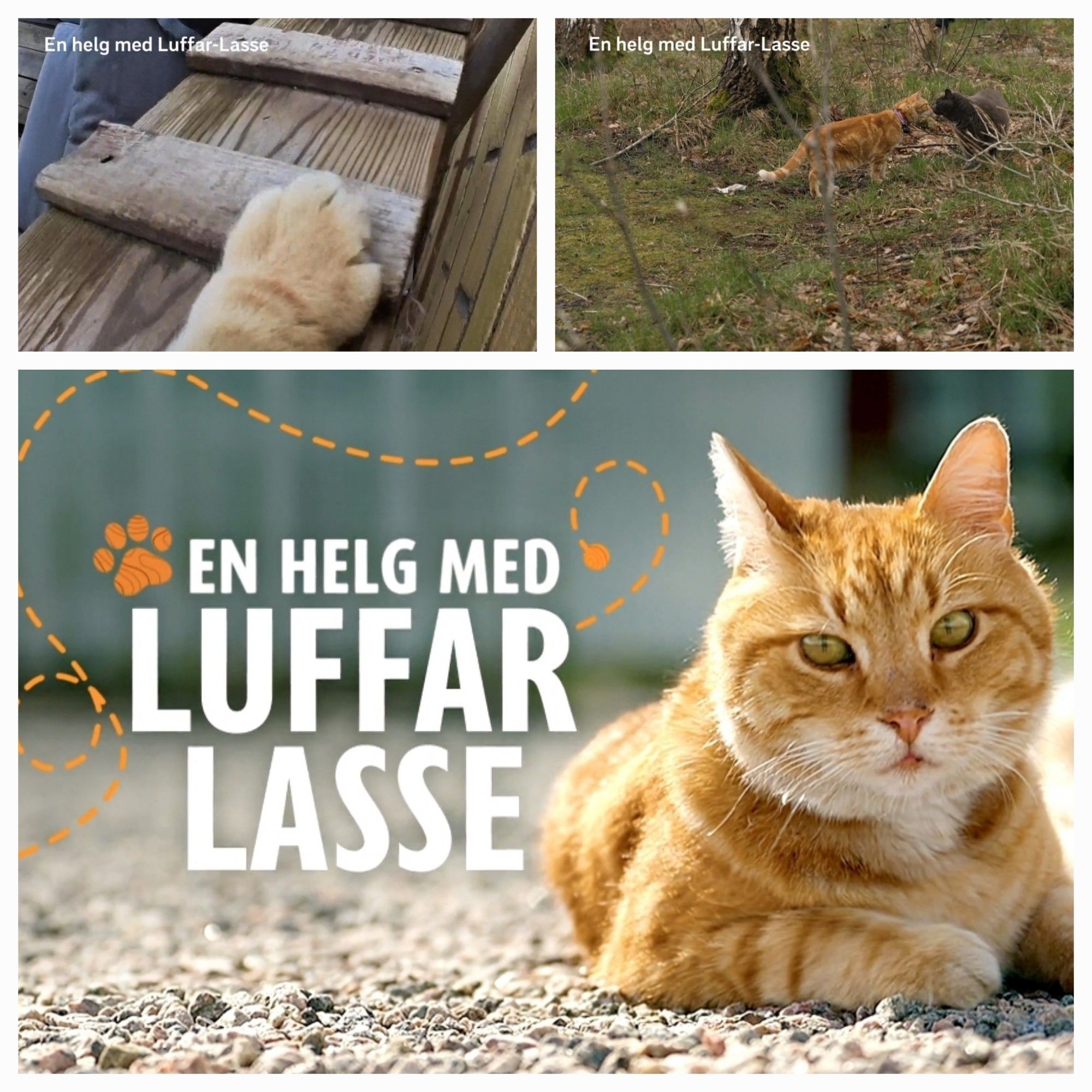
sign linguists- how are signers generally prompted to produce a fixed sequence of signs (i.e. a target item in a frame utterance)? video of another signer? writing (and if so, what language?) #linguistics
I am beyond excited to say that @fbisnath.bsky.social has defended, revised, and FILED her PhD thesis: Attitudes to ASL-English Language Contact among Deaf and Hard-of-Hearing users of ASL in the United States look out for it soon!!

Finally created an official policy for AI/LLMs in class (compaf24.classes.andrewheiss.com/syllabus.htm...doi.org/10.1007/s106...
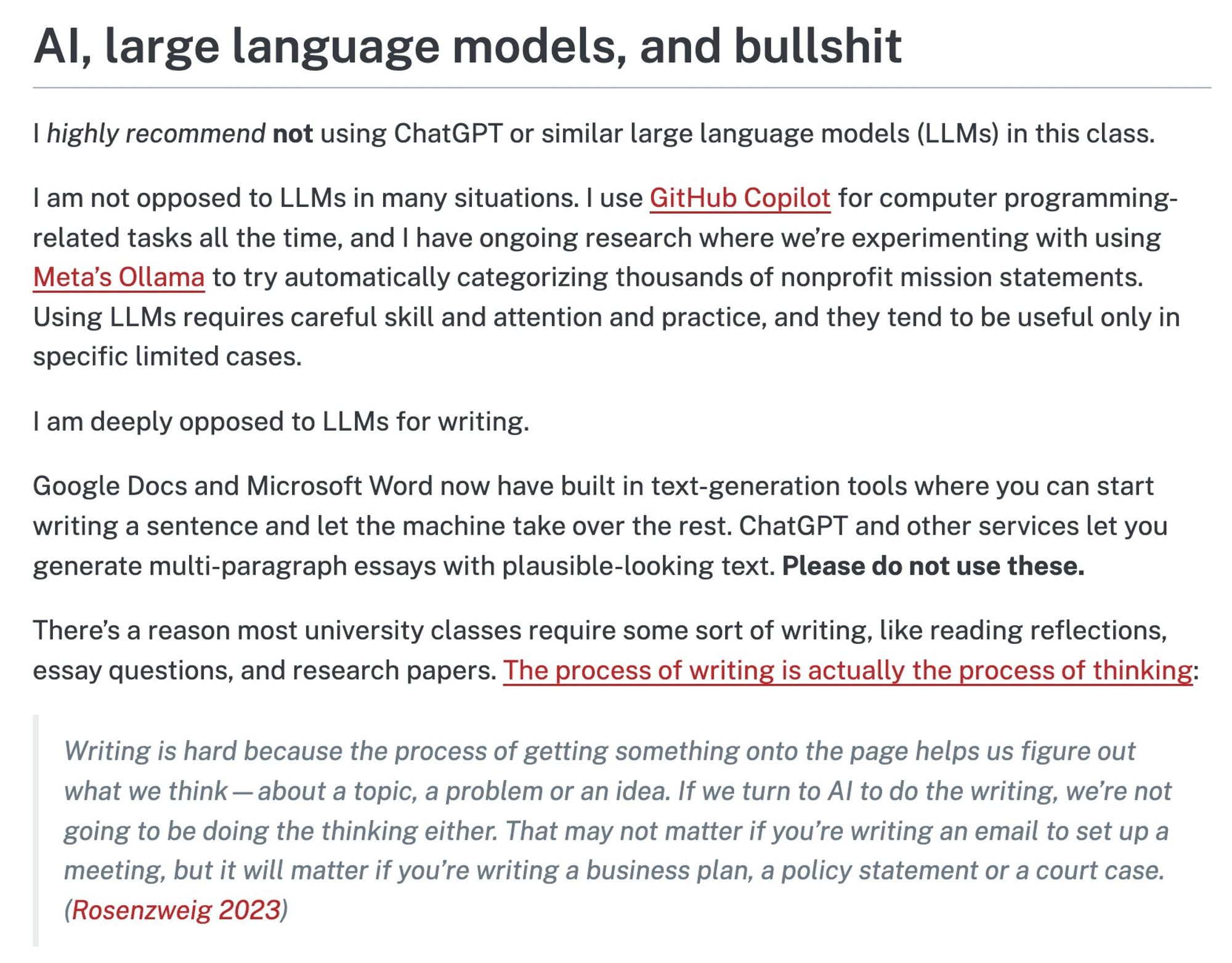

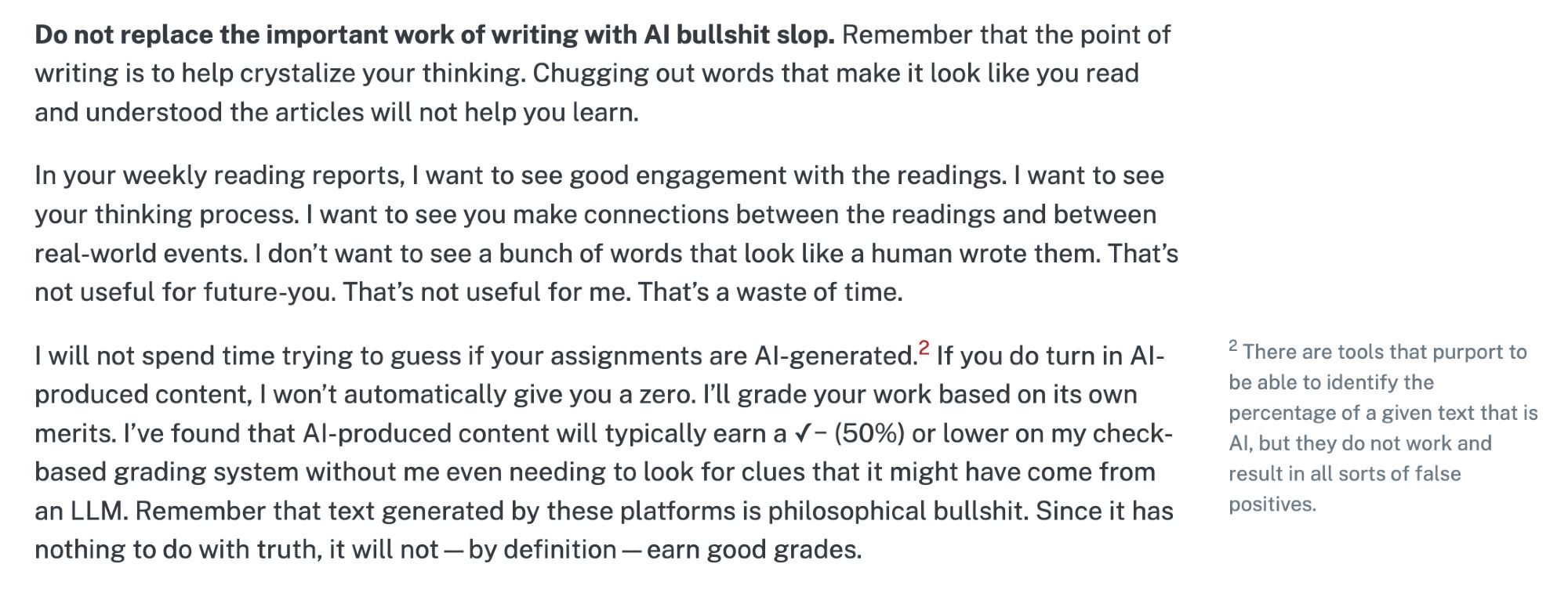

In Swedish, I think that "Vad tänker du?" has started to be used similar to "Vad tycker du?" (≈ hva synes du) nowadays, in some contexts. The bonus one is "Hur tänker du (nu/då)?" which can be anywhere from 'What do you mean?' to 'Tf are you on about?'
Optimist: the cup is ½ full Pessimist: the cup is ½ empty Swedish Sign Language user: The cup is 😗🤏🏻 if the amount is considered small for the liquid in question (e.g. water) but 😲🤏🏻 if the amount is considered large (e.g. alcohol). 🐦🐦
🐦🐦
Phonology postdoc in the very far north! www.jobbnorge.no/en/available...
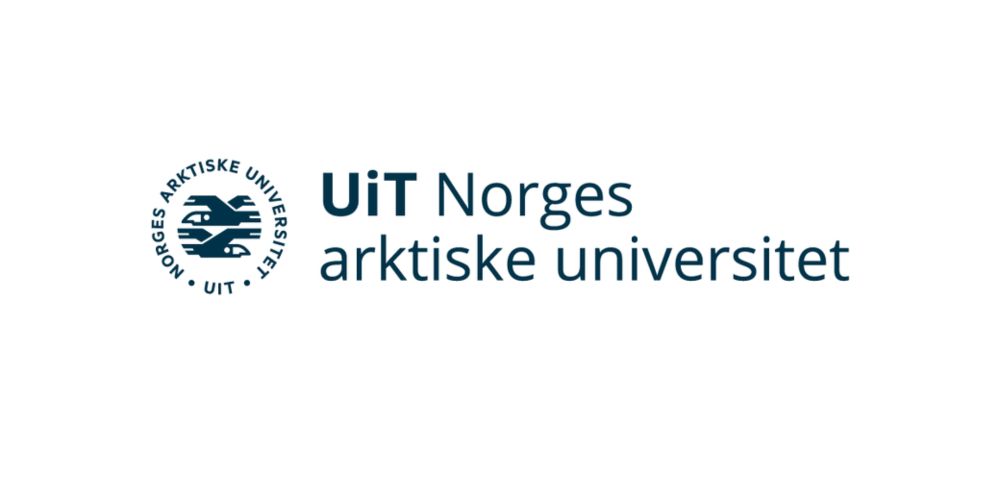
Job title: Postdoctoral Research Fellow in Phonology (266021), Employer: UiT The Arctic University of Norway, Deadline: Tuesday, October 1, 2024

